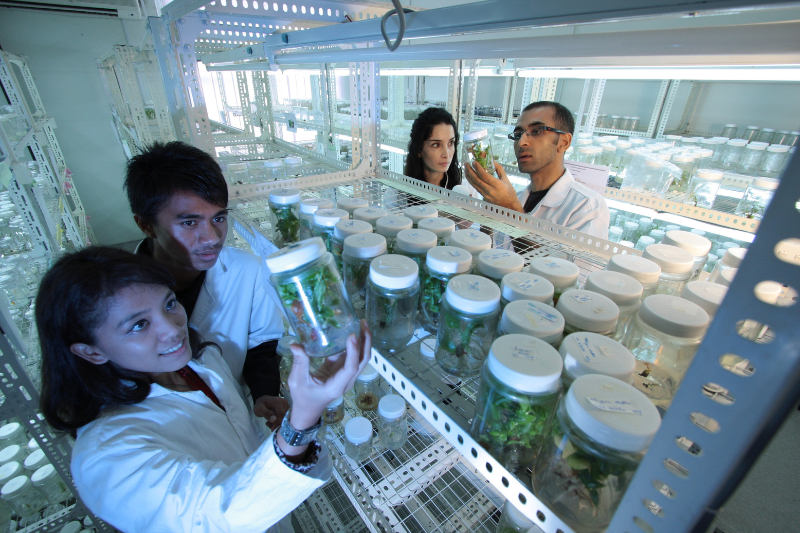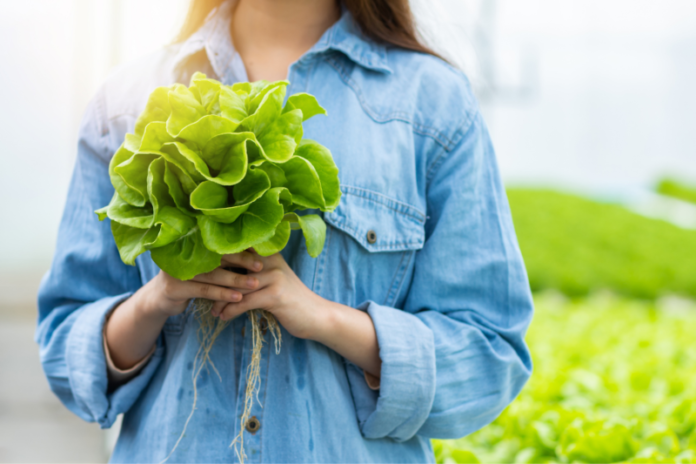Introduction
Food. It sustains us, connects us, and defines our cultures. But how will we nourish ourselves in the years to come?
As global populations swell, climate change alters landscapes, and technology disrupts industries, the future of food through agriculture hangs in the balance. But fear not, for amidst these challenges lies fertile ground for innovation, sustainability, and resilience. To understand the future of food, we must delve into the heart of it all: agriculture.
Buckle up, fellow farmers and foodies, as we explore the trends, innovations, and challenges shaping the way we grow, harvest, and consume food in the years to come.
From Seed to Supper: Trends Redefining the Landscape

1. Precision Agriculture: Data-Driven Decisions: Say goodbye to guesswork! Drones monitor crop health with sophisticated sensors, robots execute tasks with laser-like precision, and AI algorithms analyze vast datasets, recommending optimal planting times, irrigation levels, and fertilizer applications. Think real-time soil moisture monitoring, customized nutrient delivery, and predictive yield forecasting. This data-driven approach maximizes yields, optimizes resource use, and minimizes waste, all while reducing reliance on traditional, less precise methods.
2. Vertical Farming: Skyscrapers Sprouting Freshness: Imagine lush greenery cascading down skyscrapers, not glass and steel. Vertical farms bring agriculture closer to urban centers, reducing transportation emissions and water usage. Controlled environments ensure year-round production, independent of weather patterns. Picture microgreens harvested minutes from your local restaurant, leafy greens thriving under LED lights, and strawberries growing vertically in stacked layers. Beyond urban applications, vertical farms can benefit remote communities with limited arable land or harsh climates.
3. Gene Editing: A Pandora’s Box (With Exciting Potential): CRISPR and other gene editing tools hold immense potential, from drought-resistant crops thriving in arid regions to crops fortified with essential vitamins and disease-resistant varieties safeguarding harvests. Imagine cassava plants with higher yields and improved protein content, wheat varieties resistant to fungal diseases, and rice enriched with beta-carotene to combat Vitamin A deficiency. However, ethical considerations and regulations concerning genetically modified organisms (GMOs) remain a complex discussion. Open communication, transparent research, and public engagement are crucial in navigating this sensitive territory.
4. Regenerative Agriculture: Healing the Land: This holistic approach focuses on restoring soil health through practices like cover cropping, compost application, and reduced tillage. This not only boosts crop yields but also sequesters carbon, combats climate change, and promotes biodiversity. Picture fields teeming with earthworms, diverse cover crops enriching the soil, and reduced erosion protecting precious topsoil. The benefits extend beyond the farm, contributing to healthier ecosystems and mitigating climate change impacts.
5. Urban Agriculture: From Backyards to Balconies: As urbanization continues, food production is increasingly finding space within cities. Community gardens, rooftop farms, and even vertical gardens on balconies are blurring the lines between urban and rural landscapes. Imagine edible rooftop gardens in apartment buildings, community gardens providing fresh produce for neighborhoods, and aquaponics systems thriving in urban spaces. This trend not only fosters local food production but also strengthens community connections and promotes environmental awareness.
6. Cellular Agriculture: Meat Without the Moo: While still in its early stages, cellular agriculture, also known as cultured meat, offers a potential solution to the environmental and ethical concerns associated with traditional meat production. Imagine lab-grown burgers with the same taste and texture as their conventionally produced counterparts, steaks cultivated from animal cells without harming animals, and a reduced environmental footprint compared to traditional livestock farming. While technical challenges and regulatory hurdles remain, this trend carries significant implications for the future of food and protein consumption.
Challenges That Grow Alongside Our Crops
1. Climate Change: A Looming Threat: Rising temperatures, unpredictable weather patterns, and extreme events like floods and droughts pose a significant threat to agricultural productivity. Adapting crops to changing conditions, developing resilient farming systems, and mitigating climate change itself are crucial challenges. Imagine heat-tolerant varieties thriving in warmer climates, flood-resistant rice paddies protecting harvests, and innovative irrigation systems conserving water amidst droughts. Collaborative research, international cooperation, and investment in climate-smart agriculture are key to tackling this complex challenge.
2. Unequal Access and Resource Distribution: The digital divide can exacerbate existing inequalities. Small-scale farmers may lack access to the latest technologies and resources, widening the gap between large-scale industrial farms and sustainable, local producers. Bridging this gap through knowledge sharing, technology transfer, and financial support is vital. Imagine farmer cooperatives offering shared access to drones, mobile apps providing real-time market information to smallholder farmers, and microloans enabling the adoption of sustainable practices. Fostering equitable access to resources and knowledge is essential for a truly sustainable future of food.
3. Sustainable Development Goals: Food Security for All: Ensuring nutritious food for all remains a crucial challenge. Balancing increased production with resource conservation, reducing food waste, and promoting equitable access are necessary steps towards achieving SDG 2: Zero Hunger. Imagine food banks leveraging AI-powered distribution systems to optimize waste reduction and delivery efficiency, innovative packaging solutions extending shelf life and reducing spoilage, and educational programs teaching communities about healthy eating habits. By tackling food waste, promoting sustainable production practices, and fostering equitable access, we can work towards a future where everyone has access to the nourishment they need.
Expert Advice: Nourishing a Sustainable Future
Dr. Vandana Shiva, environmental activist, emphasizes: “Move away from industrial agriculture and embrace agroecology. Build local food systems, empower small farmers, and prioritize indigenous knowledge.” Imagine a network of agroecological farms practicing diverse cropping systems, local communities collaborating to build vibrant food economies, and traditional farming wisdom guiding sustainable practices.
Dr. Michelle Dickinson, food futurist, adds: “Embrace technology responsibly, focusing on solutions that truly benefit both farmers and consumers, while considering ethical implications and environmental impact.” Imagine open-source platforms offering accessible agricultural technologies to smallholder farmers, ethical frameworks guiding gene editing research, and transparent communication building trust around new innovations.
You Can Be a Changemaker: Planting Seeds for a Better Future
- Support local farmers: Choose farmer’s markets and farms practicing sustainable methods. Imagine vibrant farmer’s markets bustling with activity, communities supporting local producers, and diverse food choices enriching our plates.
- Reduce food waste: Plan your meals, compost scraps, and advocate for better food storage systems. Imagine empty refrigerators becoming a rarity, households minimizing food waste, and innovative solutions preventing spoilage throughout the supply chain.
- Stay informed: Educate yourself about agricultural challenges and support policies promoting sustainable practices. Imagine informed consumers driving demand for sustainable food, engaging citizens advocating for change, and collective action shaping a better future.
- Embrace technology: Consider adopting accessible technologies like soil sensors or data-driven platforms to optimize your farm. Imagine small-scale farmers leveraging technology to improve yields, resource-efficient irrigation systems optimizing water usage, and digital tools empowering informed decision-making.
Conclusion
The future of food is not predetermined. By collaborating, innovating responsibly, and prioritizing sustainability, we can cultivate a future where everyone has access to healthy, nutritious food grown in harmony with the planet. Together, let’s ensure that the future of agriculture is not just bountiful, but also just and sustainable for generations to come.
Disclaimer: The information provided in this guide is for informational purposes only and does not constitute legal or financial advice
For Media Enquiries/Guest Posting/Press Release – Write for us


